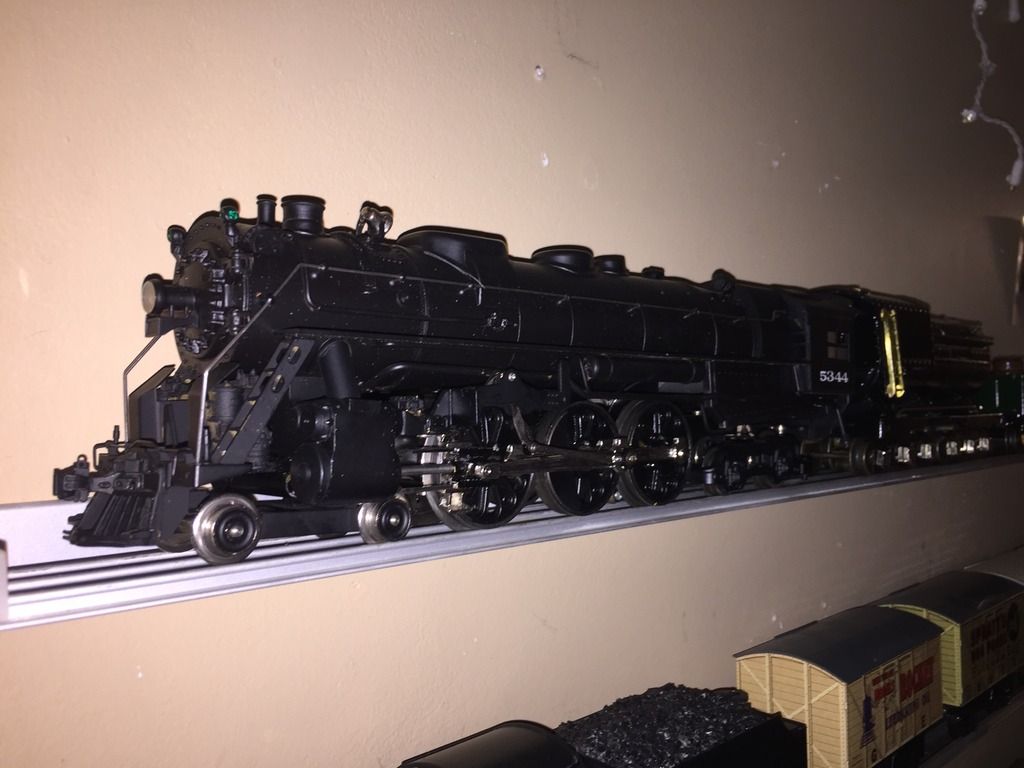"Personally, I have no preference as to what is holding the paint up.
Rusty"
I, more or less, agree, BUT: brass has a thinner cross-section/strength ratio, so things like running boards, cab windows, and "sheet metal" real part looks better than it does in zinc (or plastic - same issue). Often you don't realize why the loco looks better, but it just has a certain visual crispness that casting/molding cannot provide.
If you have ever seen a well-done brass diesel or electric locomotive body it will hit you between the eyes - those plastic bodies suddenly all look...thick. Not bad, but thick.
As a basher of steamers, I find brass to be unequaled in adaptability. It is the styrene of the metal world.
You can solder or epoxy it; can't solder zinc. I actually hate working with zinc - it's weak and soft when it needs to be resilient, and it's brittle the rest of the time. But, really, I don't care what the material is, so long as the product is good. The zinc pest is becoming more of an issue with me, though. (Y'know, you can cast brass...no pest...but expensive.)
Myth: brass items have more add-on detail than zinc ones. They do only if, well, they do. These days high-end zinc items are often encrusted with add-ons.
Myth: cast-in detail never looks good. Actually, if done crisply, it looks just fine. I have no objection.
Brass pieces are more enjoyable to touch, by far. The material is thinner and better represents the real items that we like to emulate.



































